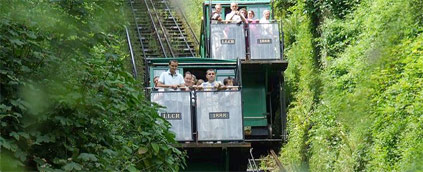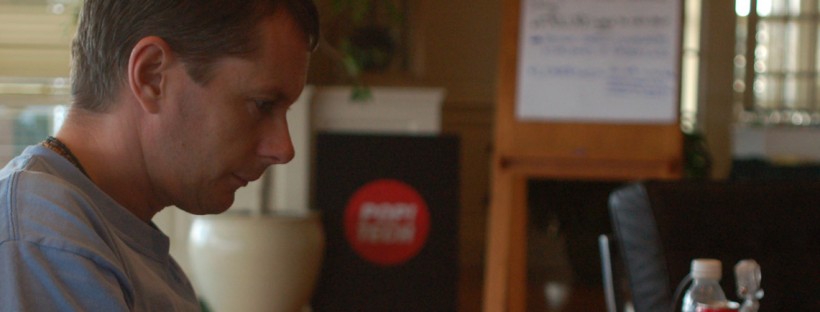Around the time of two recent talks – Thinking Digital in Newcastle (UK) and National Geographic (Washington DC) – much of the world’s tech media was focused on Apple. Both the iPad and iPhone 4 had hit the shelves in relatively quick succession, and many people were marvelling at the latest innovations from California.
To the everyday man and woman on the street, cutting-edge innovation has rarely been so tangible. Sure, the technology behind motor vehicles or aircraft has advanced rapidly in recent years, but often what makes these things clever is either hidden out of sight – a new fuel injection system in a car, or a new kind of braking system, for example – or they’re not things many of us would ever get to interact with – such as the latest fly-by-wire controls of an aircraft cockpit.

The staggering advance in the consumer electronics world has changed all that, and we’re now holding mobile phones in the palm of our hand which are infinitely more powerful than the computers which took man all the way to the moon and back. These devices are changing the way we live, and the way we interact with each other and our environment. Consumer electronics are particularly relevant in interaction terms because their primary purpose is to allow us to interact with them. Thanks to advances in the technologies behind mobile phones, tablet computers, gaming consoles and television among many others, cutting edge technological innovation has come to every individual man and woman on the street. It’s got personal.
That said, we’re living in interesting times. The rate of innovation is unprecedented. What we’ve seen happen with mobile technology in the last five years alone is beyond incredible, and you sense the rate of innovation is only speeding up. This may be in part down to the fact that these devices have both a hardware – device – component, and a software – usability – component, meaning there are twice the number of opportunities to innovate.
What I’ve been sensing lately, however, is a growing ‘backlash’ – for want of a better word – and a desire to build what are seen as purer, more sustainable, locally sourced, culturally relevant technology-based solutions. Although you could argue a certain romanticism in the approach, the fact of the matter is that most technologies being pushed out by the electronics industry remain relevant to only a small percentage of the global population. It’s not only down to cost either, although that’s a large part of it. It’s also down to the fact that many of these devices just don’t work in places without high-speed data networks and/or a mains supply to charge them nightly. Many people just don’t have that.
I’m writing this on a flight home from Washington DC, and have just watched a programme which featured a water-powered lift. The idea is brilliantly simple. The lift – which runs up a steep cliff – harnesses the power of the nearby river and uses gravity, one of the oldest and most sustainable of energy sources, to pull one of two carriages upwards while the other drops.

It’s such a simple but effective piece of engineering that if it broke you’d likely be able to find someone locally who could figure out how to fix it. That’s clearly been the case since it began operating 120 years ago.
The likes of IDEO, Catapult Design, IDE and D-REV are household names to anyone interested in designing and building “for the other 90%”, and I’m a big fan of the approach. I’ve been also been a big fan of the appropriate technology movement for some time, and am excited to be speaking at the “Small Is…” festival later this year. The irony is that despite all of this I work in a high-tech world which is about as far away from much of the appropriate technology work ethic as it could be. John Mulrow in World Watch Magazine recently wrote a great article about the relationship between mobile technology and appropriate technology, but for me many questions remain.

Our world is becoming increasingly dependent on information and communications technology and many local, indigenous, traditional ways of designing, building and doing are slowly being replaced, and in many cases lost, forever. I’m not entirely sure if that represents progress or not.


I agree there seems to be a tension here. All the talk of scaling and latest technologies vs things that work and allow the users to keep them working. Don’t have any answers either but a great post!!
@Jamie – Scaling is another subject, and equally as loaded. I don’t know what the answers are either, but I do think we need to challenge ourselves a little more often, take a step back and look at where we’re headed with all of this.